Centro de Información de Estancias en Templos (템플스테이 홍보관)
8.6Km 2022-09-28
Ujeongguk-ro 56, Jongno-gu, Seúl
El centro es un complejo cultural de cinco plantas donde se encuentran la mayoría de oficinas responsables de las estancias en templos, centros de información, centros educativos, un restaurante de comida budista tradicional llamado Balwoo Gongyang, entre otros.
The Hyoosik Aank Hotel Sinchon (더휴식 아늑호텔 신촌점)
8.6Km 2025-04-11
49, Yonsei-ro 2-gil, Seodaemun-gu, Seoul
Gaeseong Mandu Koong (개성만두 궁)
8.6Km 2021-03-24
11-3, Insadong 10-gil, Jongno-gu, Seoul
+82-2-733-9240
Gaeseong Mandu Koong has served Gaeseong-style mandu (dumplings) for more than 30 years. The elderly proprietor, who fled south during the Korean War runs this restaurant with the help of her granddaughters. Characterized by its delicate taste, Gaeseong mandu stuffing consists of pork and various vegetables such as Chinese cabbage and pumpkin. This restaurant's mandu is so popular that it sometimes gets sold out even before evening. Typical menu includes mandu-jeongol (hot pot) and mandu-guk (soup). The hot pot is made of various ingredients including mandu, rice cakes, mushrooms, and meat, and serves two to three persons. For several persons, it's recommended to eat bossam (boiled meat slices wrapped in lettuce leaves or kimchi) and Korean-style pancakes.
Mokposan Kkotgejjim (목포산꽃게찜)
8.6Km 2021-03-29
325, Majang-ro, Seongdong-gu, Seoul
+82-2-2292-1270
A restaurant frequently featured in Korean gourmet programs. The best menu at this restaurant is steamed blue crab. This Korean dishes restaurant is located in Seongdong-gu, Seoul.
Sinchon Sisters Hostel [Korea Quality] / 신촌 시스터즈 [한국관광 품질인증/Korea Quality]
8.6Km 2021-03-27
24, Baekbeom-ro 2-gil, Mapo-gu, Seoul
This guesthouse is located in Nogosan-dong, Mapo-gu, Seoul, as a space for young backpackers catered by a fellow lover of traveling. There are 12 rooms in total, including Double (2-person), Triple (3-person), and Quad (4-person) rooms. Guests have a choice of two double beds or two bunk beds for the Quad room.
All rooms have bathrooms with a shower booth attached. There are no kitchen facilities available, but all rooms allow outside food and there are microwave ovens on premise. Washing machine and dryer is available for use with payment. The guesthouse has high customer satisfaction thanks to its affordable prices, clean facilities, and friendly service.
Sinchon and Sogang University Stations on Seoul Subway Line 2 are located only 5 min away by foot, and airport limousine and Seoul city Bus Stops can also be found nearby. The guesthouse is also close to districts popular among the young in Seoul, such as Hongdae, Hapjeong, Mangwon, and Sangsu.
Yeonnam Seosikdang (연남서식당)
8.6Km 2021-03-24
32, Baekbeom-ro, 2-gil, Mapo-gu, Seoul
+82-2-716-2520
It’s a standing rib restaurant. This restaurant's signature menu is grilled ribs. This Korean dishes restaurant is located in Mapo-gu, Seoul.
Ssamzigil (쌈지길)
8.6Km 2025-05-26
Insadong-gil 44, Jongno-gu, Seúl
En las animadas calles de Insa-dong se fundó un área de 500 m de largo el 18 de diciembre de 2004. Este edificio tan particular fue construido conectando las encantadoras calles con escaleras en forma de espiral. Al ir haciendo compras por las divertidas y encantadoras tiendas hasta el último piso, llegará a Haneulmadang, donde podrá tener una buena vista del cielo. Ssamzigil cubre una superficie de aproximdamente 4.000 m² con más de 70 tiendas de artesanías, galerías de arte, restaurantes y tiendas de recuerdos.
Festival de los Faroles de Loto (연등회)
8.6Km 2025-03-20
Ujeongguk-ro 55, Jongno-gu, Seúl.
02-2011-1744/5/6/7
Esta celebración tradicional budista tiene unos 1.200 años de historia, desde la época del reino de Silla. En los tiempos de la dinastía Goryeo era conocido como Yeon Deung Hoe, mientras que durante la dinastía Joseon se le llamaba Gwandeungnori. Hasta el día de hoy se mantiene esta tradición que ha sido reconocida como Patrimonio Cultural Intangible de la Humanidad por la Unesco. La ciudad y los templos se iluminan con los faroles de loto y hay vistosos festejos, desfiles y actividades.
Museo del Arroyo Cheonggyecheon (청계천박물관)
8.6Km 2021-09-28
Cheonggyecheon-ro 530, Seongdong-gu, Seúl.
El museo se construyó a imagen y apariencia del arroyo, la fachada está representada por un largo tubo de vidrio, y en su interior expone todas las etapas de desarrollo y reconstrucción que se han llevado a cabo desde julio de 2003 hasta septiembre de 2005. Muestra todo el proceso histórico y de reformación que ha atravesado el arroyo. Consta de varias salas destinadas para las exhibiciones culturales e históricas, tanto para exposiciones a largo como a corto plazo. También posee una sala para seminarios y escenarios para pequeños espectáculos.
Templo Jogyesa en Seúl (조계사(서울))
8.6Km 2024-05-17
Ujeongguk-ro 55, Jongno-gu, Seúl
El templo Jogyesa es el núcleo del budismo zen en Corea, en él se encuentran la oficina principal de administración del budismo coreano y la sala en donde se realiza la asamblea general, entre otras instalaciones. Fue construido hacia finales del siglo XIV (época de Goryeo) en el interior del actual parque Susong, pero fue destruido (en un período indeterminado) debido a un incendio, y fue reconstruido en el año 1910. A lo largo de su historia ha tomado varios nombres, hasta que recibió la denominación de Jogyesa en el año 1954. El nombre deriva del monte Jogyesan, el cual fue el lugar en donde meditó el monje Hyeneungdaesa. Fue uno de los monjes más respetados, por lo cual sus enseñanzas y su vida han sido objeto de estudio a lo largo de la historia. En el altar del templo Jogyesa, al ser el lugar más sagrado y honrado del budismo en Corea, se llevan a cabo eventos, ceremonias y ritos durante todo el año. El edificio próximo al altar principal es la oficina general de administración del budismo coreano, es decir, es un organismo que ejerce las actividades de control y ejecución, por lo que también se efectúan gran cantidad de eventos budistas. Dentro del edificio se establecen las salas de exposiciones y la imprenta, que edita e imprime semanarios budistas. En el patio principal del templo se sitúa la pagoda de piedra de 7 pisos, construida en el año 1930. En especial, dentro de la pagoda se encuentran enterradas las cenizas de Buda, que fueron traídas en el año 1914 por un monje esrilanqués. Hacia la izquierda se encuentra instalado el campanario, que posee un gran tambor, una campana e instrumentos tradicionales de madera que se utilizan en el templo. Al otro lado del campanario está el primer centro cultural académico, construido en el año 1991, en donde se realizan seminarios, actuaciones, ceremonias de boda, conciertos musicales y exposiciones, entre otros eventos culturales.

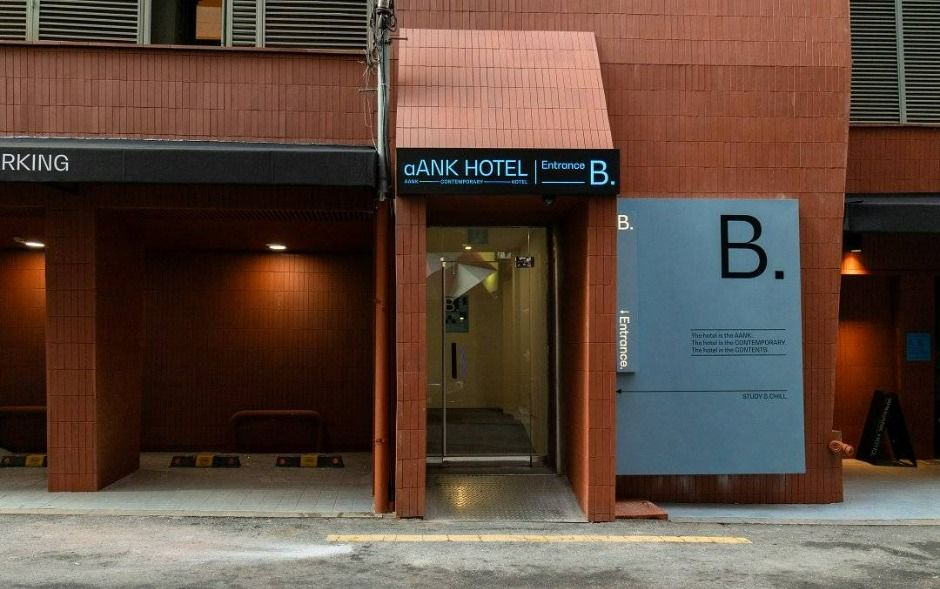
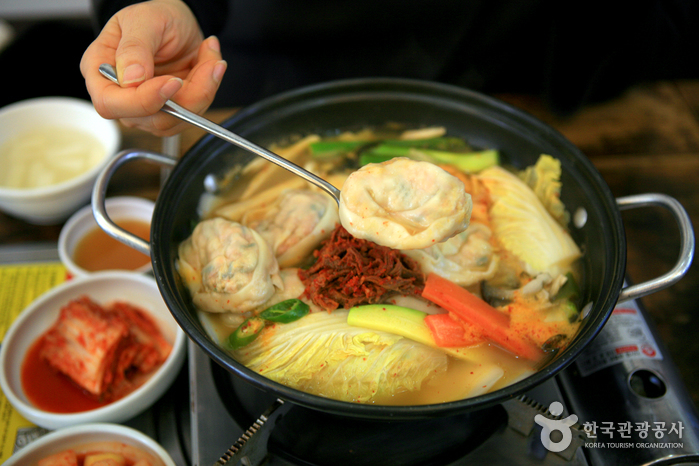
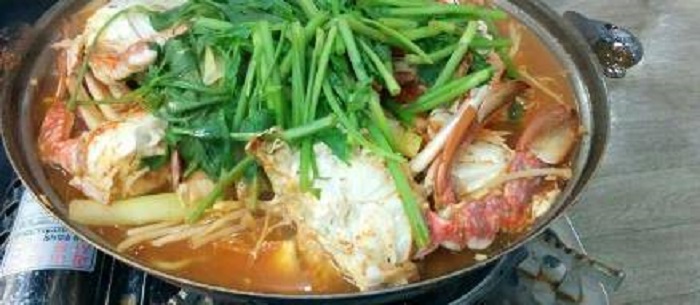
![Sinchon Sisters Hostel [Korea Quality] / 신촌 시스터즈 [한국관광 품질인증/Korea Quality]](http://tong.visitkorea.or.kr/cms/resource/92/2708492_image2_1.jpg)
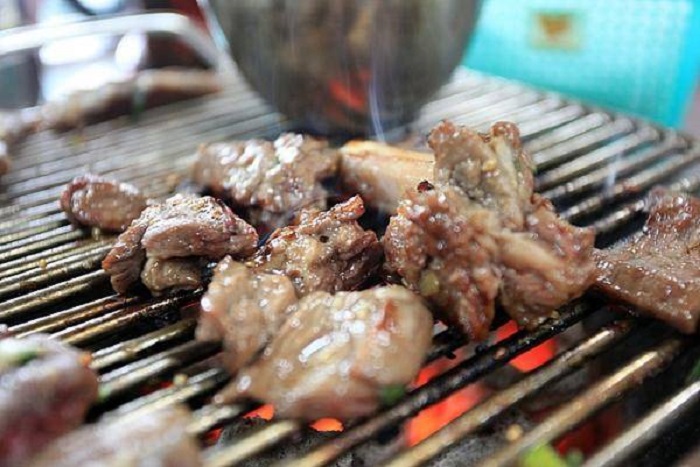
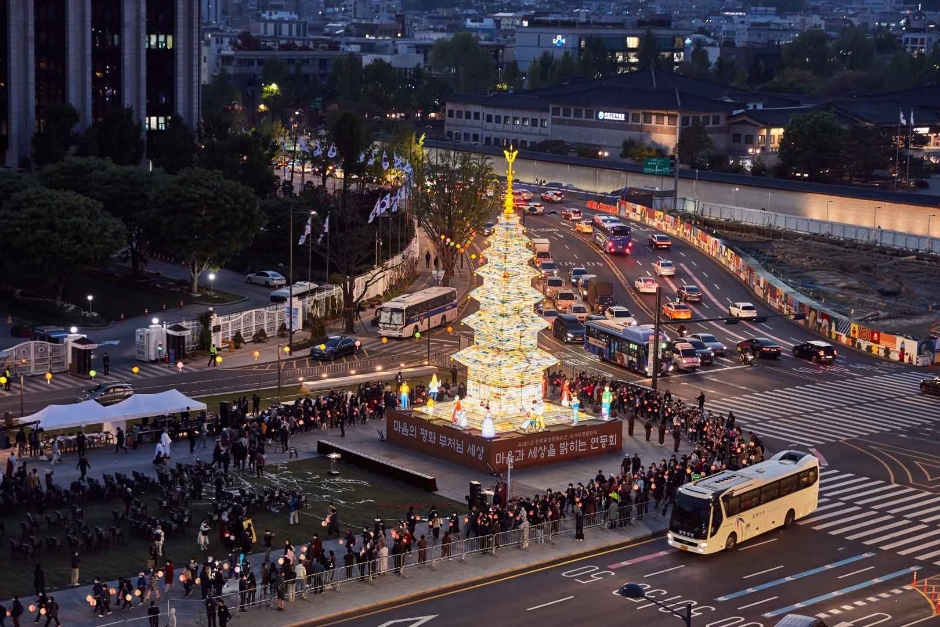
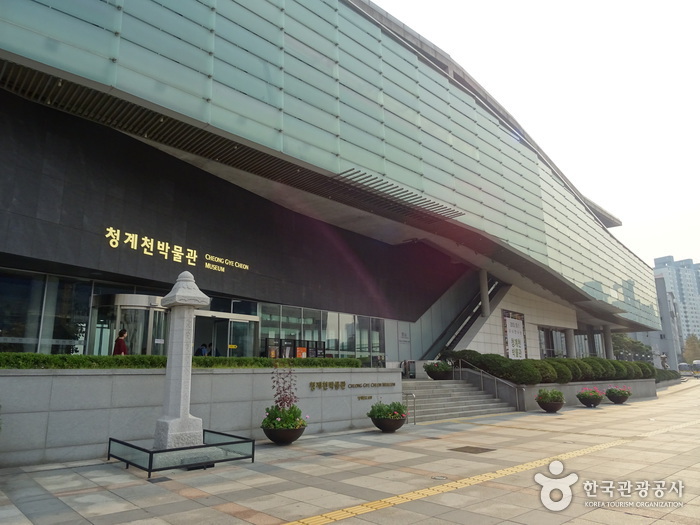
 Español
Español
 한국어
한국어 English
English 日本語
日本語 中文(简体)
中文(简体) Deutsch
Deutsch Français
Français Русский
Русский